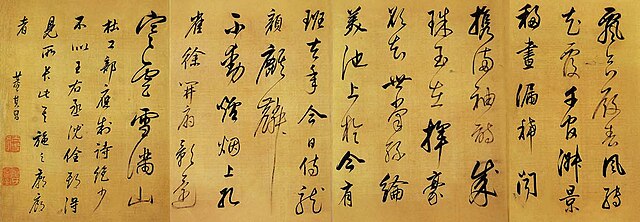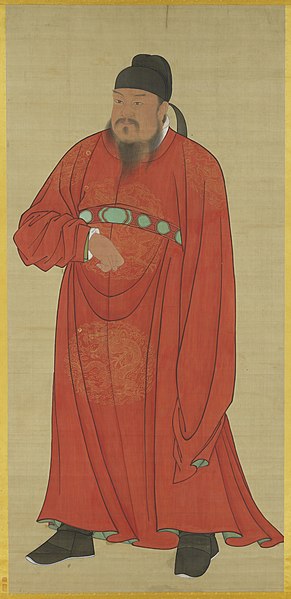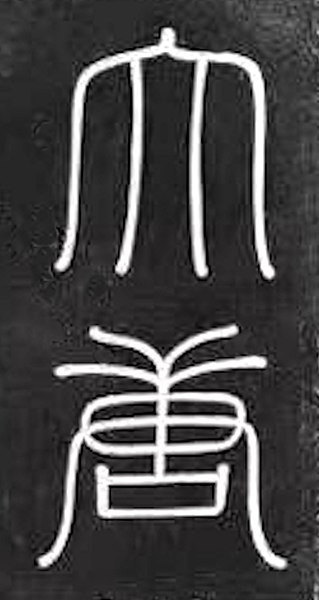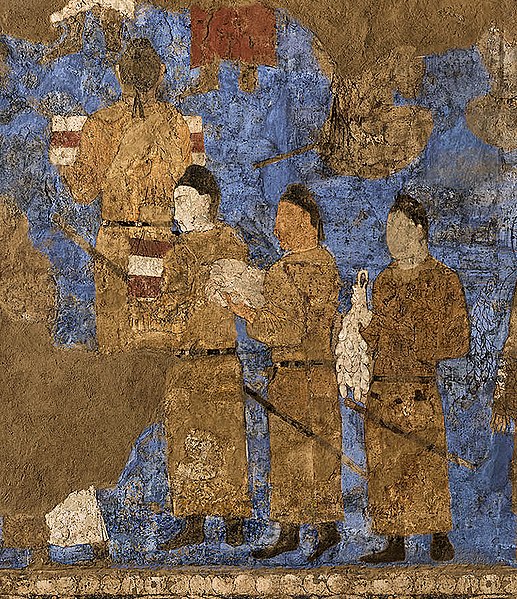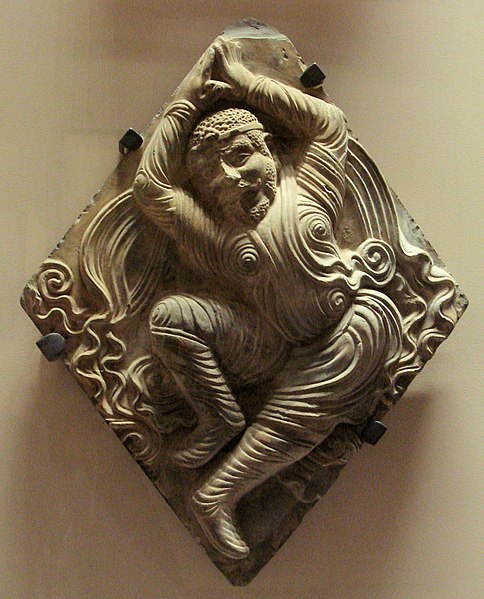Du Fu was a Chinese poet and politician during the Tang dynasty. Together with his elder contemporary and friend Li Bai, Du is often considered one of the greatest Chinese poets. His greatest ambition was to serve his country as a successful civil servant, but Du proved unable to make the necessary accommodations. His life, like all of China, was devastated by the An Lushan Rebellion of 755, and his last 15 years were a time of almost constant unrest.
There are no contemporaneous portraits of Du Fu; this is a later artist's impression.
Du Fu's China
The statue in his Thatched Cottage, Chengdu, China
A calligraphic copy of Du Fu's poem "Zui Ge Xing" by Dong Qichang
The Tang dynasty, or the Tang Empire, was an imperial dynasty of China that ruled from 618 to 907, with an interregnum between 690 and 705. It was preceded by the Sui dynasty and followed by the Five Dynasties and Ten Kingdoms period. Historians generally regard the Tang as a high point in Chinese civilization, and a golden age of cosmopolitan culture. Tang territory, acquired through the military campaigns of its early rulers, rivaled that of the Han dynasty.
Portrait painting, dating to the Ming dynasty (1368–1644), depicting the first Tang emperor Gaozu (born Li Yuan, 566–635)
"Great Tang" (大唐; Dà Táng) in seal characters
Tang emissaries to Sogdian King Varkhuman in Samarkand, 648–651 CE, Afrasiab murals
Sogdian Huteng dancer, Xiuding temple pagoda, Anyang, Henan. Tang dynasty, 7th century




